CHINASE | ENGLISH
bottom
NEWS
Chinese national flag in space! Selfie of Tianwen-1
In celebration of the National Day and Mid-Autumn Festival on October 1,
China National Space Administration released flight images taken by Tianwen-1 probe launched in China’s first Mars exploration task
Our national five-starflag on the picture showinga bright Chinese red
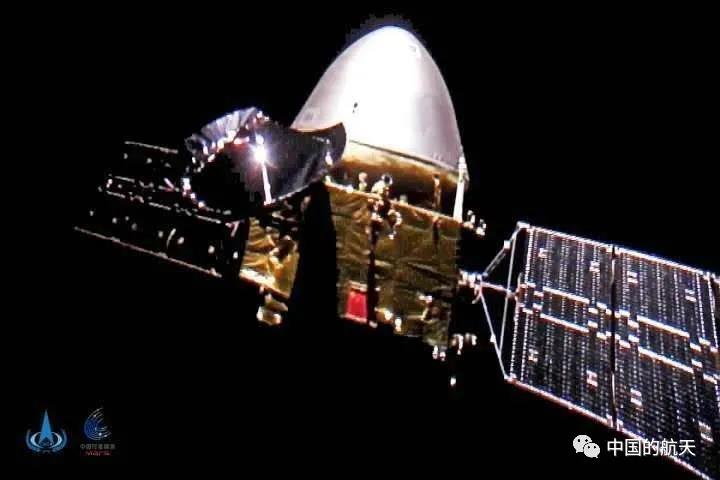
This isthe first deep-space “selfie” taken by Tianwen-1 probe, and both our silver landing rover and golden orbiter are dazzling in space. Tianwen-1 wants to tell us that it’s safe and wish our motherland a happy birthday.
The Five-Starred Red Flag in the probe is about 39cm×26cm in size, and is slightly smaller than a piece of A3 paper, and weighs 114g. The pattern is printed by special overprinting technologies with special materials.
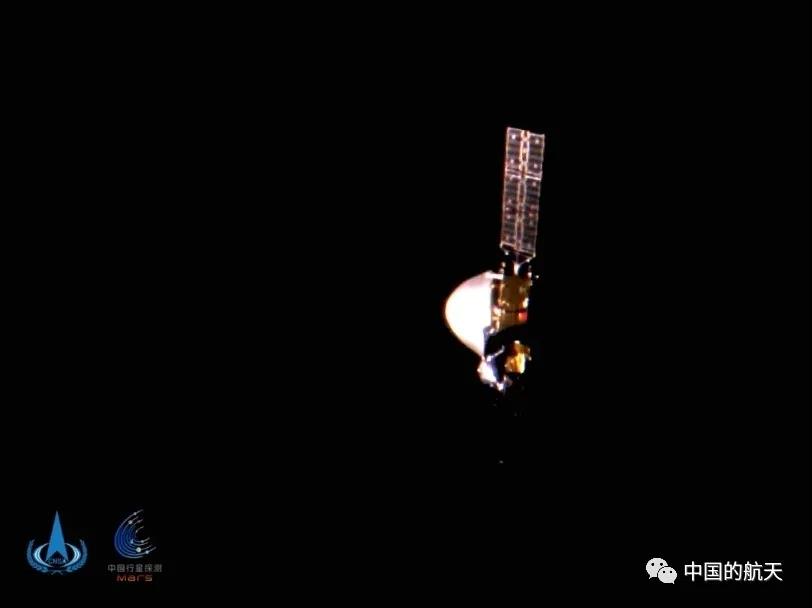
How to take images of Tianwen-1 heading to Mars?
How to implement visible monitoring on the in-orbit working status of the Mars probe has become one of the major tasks for the R&D team since our first independent Mars exploration project was set. The Mars Orbiter Project Measurement Subsystem Team in Shanghai Academy of Spaceflight Technology has especially designed a set of monitoring system formed by several “components” that are “small in mass, little in size and conservative in energy”, so as to obtain the full images of “Tianwen-1” heading to Mars.
We all know that selfie stick and other auxiliary tools can be used when taking selfies on the ground, as long as the angle and shadow have been selected, but it’s not easy for “Tianwen-1” to take a selfie. Given its big size, it will require a 15m-long selfie stick to take a full image selfie of “Tianwen-1”, so such selfie stick strategies will not only consume big resources, but also generate potential safety hazards easily. In that case, the Mars Orbiter Project Measurement Subsystem Team in Shanghai Academy of Spaceflight Technology put forward a “separated monitoring plan”, i.e., “throwing” out a light camera under suitable light conditions, to take a picture of “Tianwen-1”, and transmit the image to its probe in real time.
Have you ever seen a disposable double-head ultra-strong wifi camera?
To realize the separated monitoring plan, the Mars Orbiter Project Measurement Subsystem Team in Shanghai Academy of Spaceflight Technology needed a little guy that can be “separated to take clear pictures, and then hold on to transmit the pictures”. A light and small low-impact unlock separation device has made it possible to “separate” the camera. The color image camera designed with 800×600 and 1600×1200 resolutions have assured “clear images”, while the 400m wireless ultra-strong Wi-Fi communication can make sure that the data “can be transmitted back”. A disposable battery with 1h power supply has provided the camera with “strong durability”, so that we can see the full image of “Tianwen-1” heading to Mars.
Since the camera may overturn as it departures from the probe gradually, the R&D team adopts double-sided camera design, so that more probe images can be taken in the overturn. After studying for four years, this light guy weighted 950g was finally carried by “Tianwen-1” Mars probe to the space, and succeeded in separating its head weighted about 680g, getting clear images, and completing the full-image visible monitoring task of “Tianwen-1”.
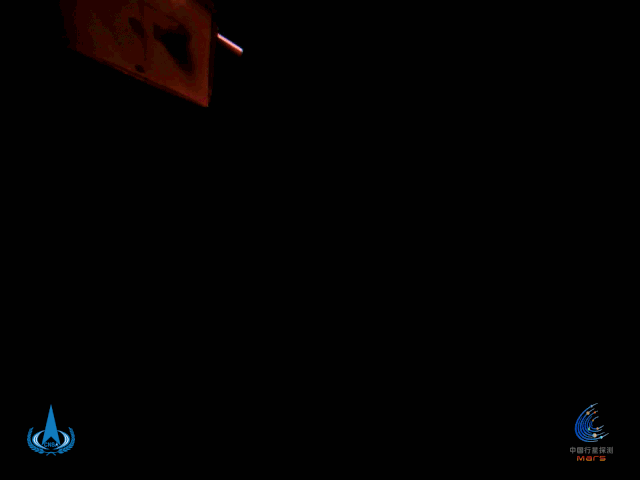
Tianwen-1 probe was launched on July 23, and directly sent to Earth-Mars transfer orbit by Long March 5 carrier rocket. It has succeeded in obtaining the group photo of Earth and Mars, making midway orbit correction for two times, and load self-inspection, etc. in the flight. As of the dawn of October 1, the probe has flown for 188 million km, being 24.1 million km away from Earth, with good flying conditions.
Source: Official WeChat Account of Chinese Aerospace

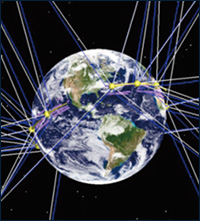
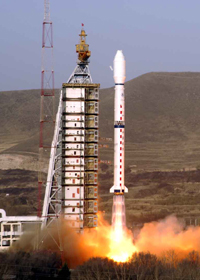
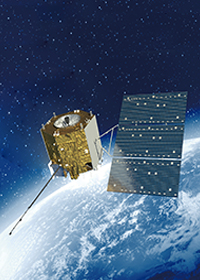

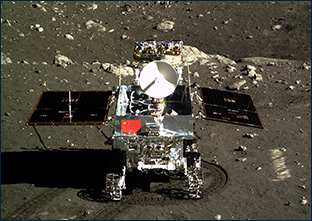
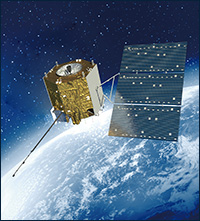

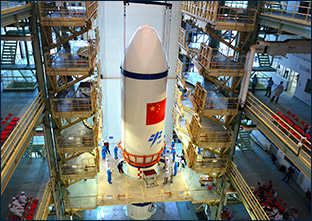



 DOWNLOAD
DOWNLOAD E-MAIL
E-MAIL